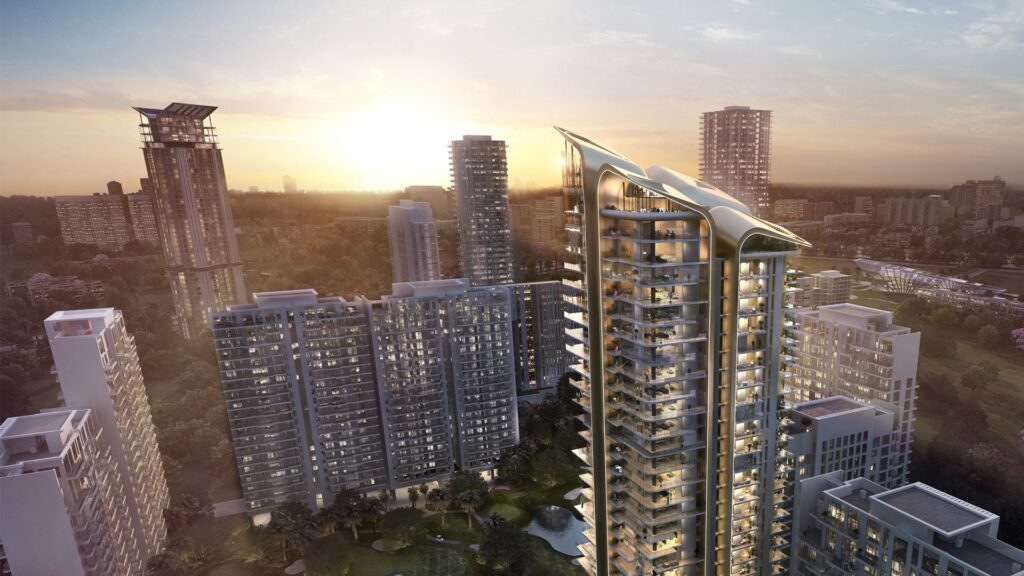Understanding the “Crawled – Currently Not Indexed” Issue in GSC
Dive into the intricacies of the "Crawled – Currently Not Indexed" status in Google Search Console (GSC). This issue often confounds webmasters and SEO professionals, as it indicates that Google’s crawlers have visited a page but have not yet indexed it. Discover the common causes behind this status, such as technical SEO issues, content quality, and site structure problems. Learn how to troubleshoot and resolve these issues to improve your website’s visibility in search results. Gain insights into best practices for ensuring your content gets indexed efficiently and effectively.

The “Crawled – Currently Not Indexed” status in Google Search Console (GSC) signifies that Googlebot has visited and crawled a page on your site, but it has not yet been added to Google's search index. This status can be perplexing and concerning, as it means the page is not appearing in search results, potentially affecting your site's visibility and performance. Recognizing the reasons behind this issue and how to address it is essential for maintaining an optimized website and ensuring all your valuable content is discoverable by search engines.
Verify the Page’s Quality and Content
One common reason for the “Crawled – Currently Not Indexed” status is that Google may perceive the page as having low quality or insufficient content. To resolve this, start by evaluating the page’s content thoroughly. Ensure that the page provides substantial, valuable, and unique information that caters to the needs and interests of your audience. Pages with minimal content, repetitive information, or low engagement may not be prioritized for indexing by Google.
Examine the content for depth and relevance. Make sure it offers comprehensive coverage of the topic and includes useful information that cannot easily be found elsewhere. Improving the content’s quality can increase the likelihood of Google indexing the page.
Check for Technical Issues
Technical issues can also prevent a page from being indexed despite being crawled. Begin by ensuring that there are no technical barriers affecting the page. Verify that the page does not contain a “noindex” meta tag, which instructs search engines to exclude the page from indexing. Additionally, check that the page is not blocked by the robots.txt file, which can restrict Googlebot from crawling the page.
Examine server responses and ensure that there are no server errors or problematic redirects that could interfere with indexing. It is important that the page loads correctly and is accessible when Googlebot attempts to access it. Addressing any technical problems can enhance the chances of successful indexing.
Ensure Proper Internal Linking
Internal linking plays a crucial role in guiding search engines through your website’s content. Proper internal linking helps Googlebot discover and crawl additional pages on your site. If a page is not getting indexed, review your site’s internal linking structure to ensure that there are ample and relevant links pointing to the page in question.
Create a clear and logical internal linking strategy that connects related content and provides Googlebot with multiple pathways to access the page. Ensure that internal links use descriptive and relevant anchor text to aid both users and search engines in understanding the content of the linked pages.
Submit the Page Through URL Inspection Tool
Google Search Console offers a URL Inspection Tool that allows you to directly request indexing for specific pages. Use this tool to check the status of the page and to submit it for indexing if it has been crawled but not indexed.
Navigate to the URL Inspection Tool in GSC, enter the URL of the page you want to index, and review the inspection results. If the page has been successfully crawled but not indexed, you can request indexing directly from this tool. This process can sometimes expedite the indexing of the page, especially if it meets all quality and technical requirements.
Monitor for Algorithm Updates
Google’s algorithms are continuously evolving, and changes can impact how pages are indexed and ranked. If your page is experiencing issues with being indexed, consider whether recent algorithm updates might be affecting its visibility. Stay informed about Google’s updates and changes to ensure that your site and content comply with the latest best practices and guidelines.
Check Google’s official blog and SEO news sources for information on recent updates and how they might influence indexing. Adapting to algorithm changes and aligning your site with current SEO practices can help resolve indexing issues and improve overall performance.
Patience and Regular Follow-ups
Sometimes, indexing issues resolve themselves over time as Googlebot continues to crawl and update the index. If you have addressed all the potential issues and followed best practices, it is important to be patient. Regularly monitor the status of the page in Google Search Console and continue to check for any updates or changes.
Follow up periodically to see if the page has been indexed and if any additional actions are required. Persistence and ongoing maintenance of your site’s SEO can lead to eventual resolution of indexing issues and ensure that your content is properly included in search results.
FAQs: How to Fix the “Crawled – Currently Not Indexed” Issue in GSC
What does “Crawled – Currently Not Indexed” mean in Google Search Console?
The “Crawled – Currently Not Indexed” status in Google Search Console indicates that Googlebot has visited and crawled a page on your website but has not yet added it to Google’s search index. This status means the page is not appearing in search results, potentially affecting its visibility and accessibility.
Why might a page be marked as “Crawled – Currently Not Indexed”?
A page may be marked as “Crawled – Currently Not Indexed” for several reasons, including low content quality, technical issues such as “noindex” tags or blocked access, insufficient internal linking, or recent algorithm changes. Understanding and addressing these factors can help resolve the issue and improve the chances of indexing.
How can I improve the quality of a page to encourage indexing?
To improve the quality of a page, ensure that it provides valuable, unique, and comprehensive content relevant to users. Enhance the depth of information, engage with your audience through high-quality writing, and address topics in a way that adds value. High-quality content is more likely to be prioritized for indexing by Google.
What technical issues should I check if a page is not being indexed?
Check for technical issues such as “noindex” meta tags, which prevent indexing, and ensure that the page is not blocked by the robots.txt file. Verify that there are no server errors, broken redirects, or other technical barriers that could affect indexing. Resolving these issues can help improve indexing chances.
How can internal linking impact page indexing?
Internal linking helps Googlebot discover and navigate through your site’s content. A strong internal linking strategy ensures that important pages are easily accessible and can be crawled by search engines. Ensure that the page in question has relevant internal links pointing to it to improve the likelihood of indexing.
What is the URL Inspection Tool, and how can it help with indexing issues?
The URL Inspection Tool in Google Search Console allows you to check the status of a specific URL and request indexing if it has been crawled but not indexed. By submitting the page through this tool, you can potentially expedite the indexing process and address any issues that may be affecting the page’s visibility.
How do algorithm updates affect page indexing?
Algorithm updates can impact how pages are indexed and ranked by Google. Changes in search algorithms might affect the visibility of your content or introduce new criteria for indexing. Staying informed about algorithm updates and aligning your site with current best practices can help address indexing issues and improve performance.
What should I do if the page is still not indexed after following all the steps?
If a page remains unindexed despite following best practices and addressing potential issues, it is important to be patient and continue monitoring the status in Google Search Console. Regular follow-ups, ongoing site maintenance, and adherence to SEO guidelines can eventually lead to resolution of the indexing issue.
Get in Touch
Website – https://www.webinfomatrix.com
Mobile - +91 9212306116
Whatsapp – https://call.whatsapp.com/voice/9rqVJyqSNMhpdFkKPZGYKj
Skype – shalabh.mishra
Telegram – shalabhmishra
Email - info@webinfomatrix.com
What's Your Reaction?


















